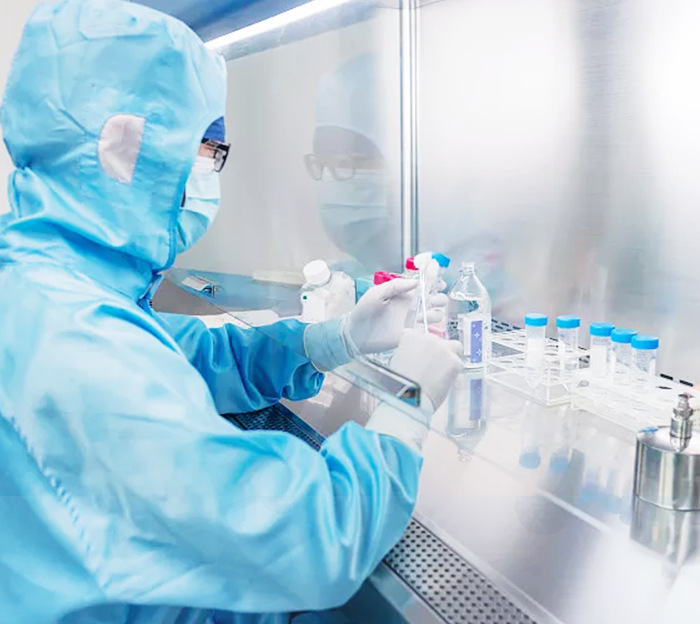Siglec-15 expression was higher in tumor cells than in normal cells, and was closely related to cancer prognosis. Siglec-15 is normally present only in some myeloid cells and is widely upregulated in tumor cells and tumor-infiltrating myeloid cells. Using genomic T cell activity microarray, siglec-15 was found to be the major immunosuppressor, and the expression of SIGlec-15 and PD-L1 was mutually exclusive. This characteristic is associated with the induction of macrophage colony-stimulating factor (M-CSF) and the down-regulation of interferon -γ (IFN-γ). Siglec-15 inhibits antigen-specific T cell responses in both in vitro and in vivo. Genetic removal or antibody blocking of SIGlec-15 enhances antitumor immunity in the tumor microenvironment and inhibits tumor growth in mouse models. Siglec-15 is also a key prognostic biomarker and plays an immunomodulatory role in tumors. Such as: When siglec-15 expression increased in lung cancer patients, CD20-positive B cells and stellate cells were significantly reduced and real-time cytokine transcription increased. Li B,Zhang B,Wang X,Zet al.Expression Signature, Prognosis value,and immune Characteristics of SIGLIC-15 identified by pan-cancer analysis.Oncoimmunology.2020 Aug 28; 9 (1) : 1807291). Studies on non-small cell carcinoma found that the expression of SIGlec-15 in adenocarcinoma was higher than that in squamous cell carcinoma, and the expression of S-15 was positively correlated with the density of CD8 positive T cells in the matrix, while the expression of PD-L1 in squamous cell carcinoma was higher than that in adenocarcinoma.
Siglec-15 is regulated at both the genetic and epigenetic levels. Siglec-15 glycosylation stabilized lysosome dependence and promoted siglec-15 transport to the cell membrane. Siglec-15 was found to bind to salivary acidified polysaccharides, but not to the SALIvary acidified Tn antigen or other related antigen sequences. A tumor-associated polysaccharide (TACA) was used to inhibit the anti-tumor response, thanks to a receptor on leucocyte, and myeloid cells, natural killer cells and T cells inhibited the anti-tumor activity by Siglec receptor. Other receptors such as selectins are also associated with tumor progression. The interaction between polysaccharides and lectin is another important target of cancer immunity. In renal clear cell carcinoma, long non-coding RNA LINC00973 positively regulates Mir-7109, while Mir-710 directly acts on SIGleg-15 and plays a role in cancer immunosuppression. Linc00973-mir-7109-siglec-15 plays an important role in immune escape, LINC00973 is involved in cancer immune suppression through positive regulation. (Liu Y,Li X,Zhang C,et al of Siglec-15 in clear-cell renal cell carcinoma.Cancer Sci.2020 Aug 11; 111 (10) : 3693-704).
